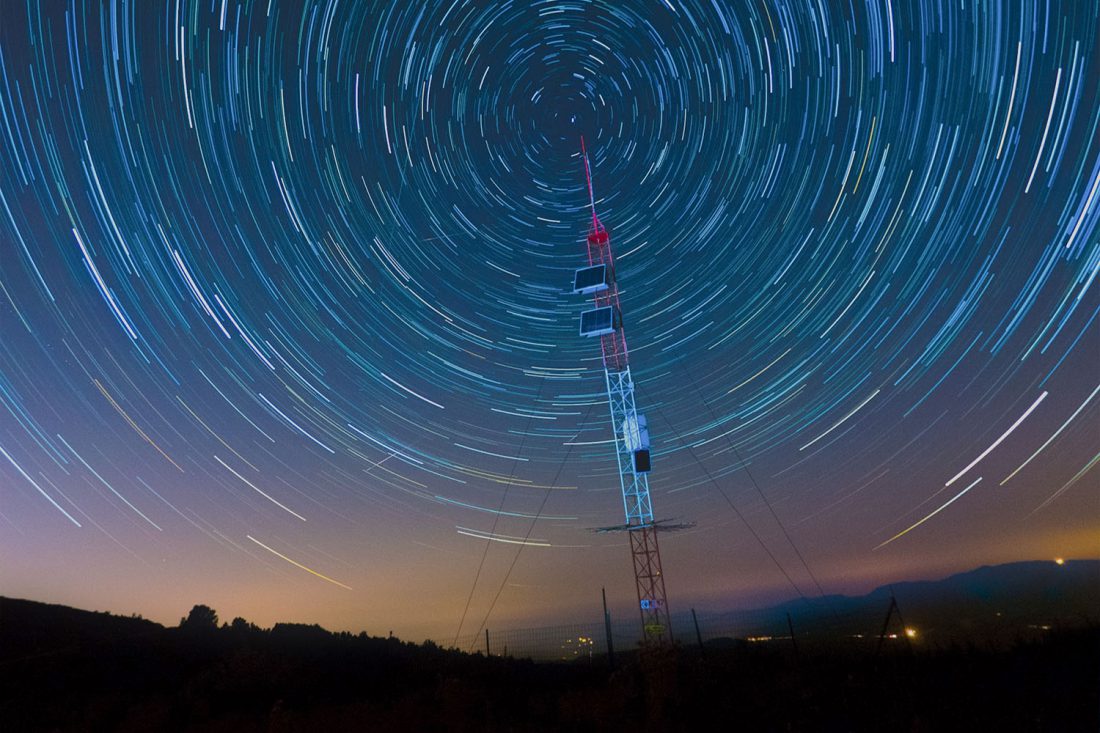What is ATSC 3.0 … and what does it mean for advertisers?
 In November 2017, the FCC voted to allow broadcasters to use a “next generation” transmission standard by the Advanced Television Systems Committee called ATSC 3.0. This new technology promises to bring consumers a greater level of TV interactivity to over-the-air broadcasts – the same type of interactivity that has been reserved for other broadband providers such as cable and telecom companies (Comcast, Verizon, AT&T etc.). In addition, this technology is platform-agnostic and allows any device with the new chip sets to receive the broadcasts.
In November 2017, the FCC voted to allow broadcasters to use a “next generation” transmission standard by the Advanced Television Systems Committee called ATSC 3.0. This new technology promises to bring consumers a greater level of TV interactivity to over-the-air broadcasts – the same type of interactivity that has been reserved for other broadband providers such as cable and telecom companies (Comcast, Verizon, AT&T etc.). In addition, this technology is platform-agnostic and allows any device with the new chip sets to receive the broadcasts.
In theory, this could allow content providers and consumers to completely bypass traditional cable and TV providers and gain access to a large menu of programming, on-demand services and an enhanced TV viewing experience.
The vision
But is this a game-changer or just another shiny object?
This new technology has the capability to make broad-scale advanced TV advertising possible across the country. So instead of assembling a patchwork of television buys through a complex ecosystem of multichannel video programming distributors (MVPDs), aggregators and resellers, the new technology will be broadcast to all devices and homes, regardless of the home TV provider. This has the potential to accelerate addressable TV, the holy grail for advertisers.
However, while this technology could make broadcast TV addressable, there are already several technologies and platforms that offer addressable TV – namely the cable providers who already have addressable TV targeting capabilities in an ever-growing list of markets. The issue is addressability at scale. As such, ATSC 3.0 still has some major obstacles for achieving significant scale to make a meaningful short-term impact on addressability.
Obstacles
While the use of the technology was recently passed by the FCC, it has been in development for quite some time. As a result, the stakeholders that have the most to lose (cable companies and telcos) have been preparing their business models to mitigate the impact by:
- Quickly developing a 5G mobile technology that may leapfrog ATSC 3.0
- Acquiring content producers so consumers must go through them to get the content
- Establishing long-term contracts with top-tier content providers
Also, while the vision is to make the broadcast technology ubiquitous, it does require new chip TV sets to receive and process the new transmission standards. Even if all TV manufacturers start placing the new chips in all new TV sets, it could take a decade for old televisions to cycle out of the market to be replaced with the new technology.
Case in point: high definition TV technology was first available in the 1990s (1996 specifically1), but it did not go mainstream until 10 years later when, in 2006, the FCC mandated that all broadcasters had to provide digital transmissions1. Even then, it took another four years for HDTV to overtake non-HD TV in the home. In 4th quarter of 2010, HDTV penetration finally surpassed 50%.2 That’s almost 15 years after the technology was introduced to the market. Because of the likely lag time in the penetration of new ATSC 3.0- compatible televisions, most broadcasters are looking at this as a new way to reach mobile devices that will be upgraded more frequently.
How things could change quickly
The wildcards in this fight could be the tech giants like Netflix, Google and Amazon. All three have made aggressive inroads to capturing TV viewership and have an interest in expanding their reach and service. ATSC 3.0 could be the mechanism to get out from underneath the thumb of the ISPs and deliver content straight to devices via an inexpensive dongle that could be plugged into any TV set. Alternatively, TV manufacturers like Samsung could aggressively market TV models with the new technology and transform their business from manufacturing to a content delivery service.
Conclusion
ATSC 3.0 is likely to be a huge win for consumers and to provide broadcasters new revenue streams from advertisers. However, it is unlikely to provide an immediate disruption to the TV ecosystem. The most immediate impact will be a continued acceleration of an already-existing trend – the ongoing fragmentation of consumer viewing habits and channels. As a result, the jobs of marketers and agencies will become increasingly difficult. Yes, we will have new tools to target prospects with better precision, but at the same time, scalable solutions to drive meaningful business results will become increasingly scarce.
End notes:
1. Wired.com, Digital TV Timeline
2. Statista, Percentage of U.S. households that own a HDTV set in 4th quarter 2010 and 4th quarter 2011


